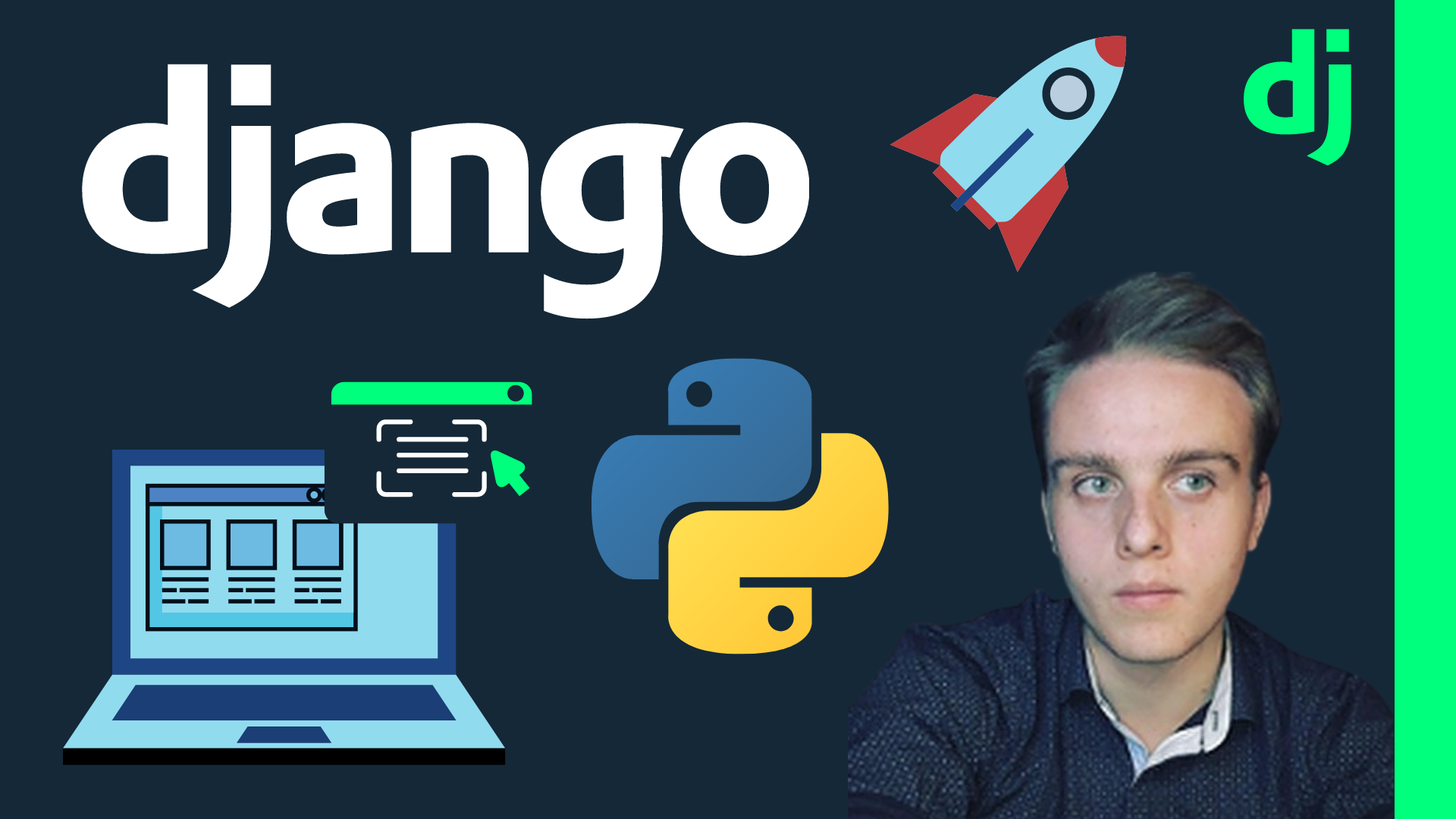What is Python?
It's one of the most popular programming languages out there at the moment and still growing. Originally founded in 1991 by Guido van Rossum. Python is used in a wide variety of fields, but it's especially popular for data science and web development.
Benefits:
- It is very easy to learn (beginner-friendly)
- There is a lot of library support
- Lots of community support
- Open-source (freeware)
- Excellent at scaling from simple applications to those that are more complex in nature
Step 1:
First of all, head over to google and type in python install.

Step 2:
Click on the following link that says Download Python. It should be the first result that comes up.

Step 3:
Once you are on the following page, you will need to scroll down until you see the page on step 4.

Step 4:
For the purpose of this tutorial, we will be installing Python 3.9.13.
Choose the version that you will need, if you don't have a preference, feel free to follow the guide and install Python 3.9.13.

Step 5 + 6:
Validate and check the version heading at the top of the page and then scroll down the page until you see a files table which will be shown in step 7.

Step 7:
Proceed to download the Windows Installer (64-bit).

Step 8:
Wait until the download has been completed and then proceed with the setup.

Step 9 + 10:
Ensure that you add python to your path. In this case Python 3.9.
After this, please be sure to start the installation process for python.

Step 11:
Once the python setup is complete, be sure to close the setup.

Step 12 + 13:
Next, you will need to search for "cmd" on your system and then open up your Command Prompt.

Step 14:
Type in the following command:
python --versionThis command checks which version of python you have installed on your system, and also ensures that you have python installed.

Step 15:
We can see that python has indeed been installed on our system, and we can see the version as well.

Python Django: Ultimate Beginners Course
Master Django development from scratch with theory and hands-on examples, building and deploying web applications.
🎓 Course available on Udemy now!


